heating leanto GH
Jason998
11 years ago
Related Stories
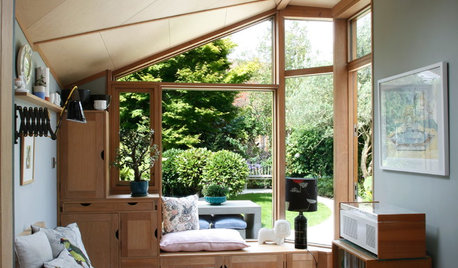
HOMES AROUND THE WORLDHouzz Tour: An Addition Connects a London Home With Its Garden
A once-unloved lean-to now links the inside and outside of a handsome Edwardian home
Full Story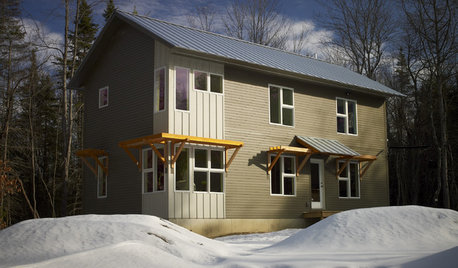
HOUZZ TOURSHouzz Tour: Energy-Efficient, 'Lean' House in Maine
Sustainable architecture and amazing light draw an environmentally conscious family to a new home
Full Story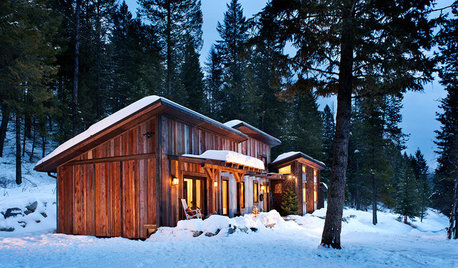
HOUZZ TOURSHouzz Tour: Resourcefulness Shows in a Rugged Montana Cabin
Reclaimed materials and a simple plan help a carpenter build his own inviting, energy-efficient home
Full Story
LANDSCAPE DESIGNNatural Swimming Pools: More Beauty, No Chemicals
Keep your skin and the environment healthy with a pool that cleans itself, naturally
Full Story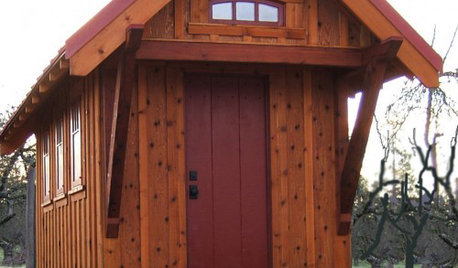
SMALL HOMESHouzz Tour: A Tiny, Happy, Eco-Friendly Home
Think your house is small? Try finding all the space you need in 120 square feet
Full Story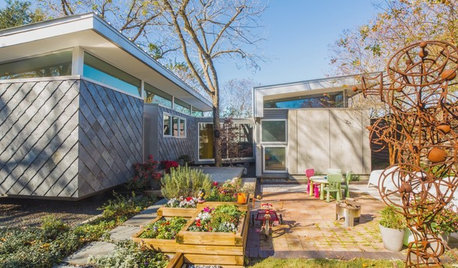
HOUZZ TVHouzz TV: Fun Family Living in 980 Square Feet
In a place known for going big, a family of 4 opts for creative space savers and subtle luxuries instead
Full Story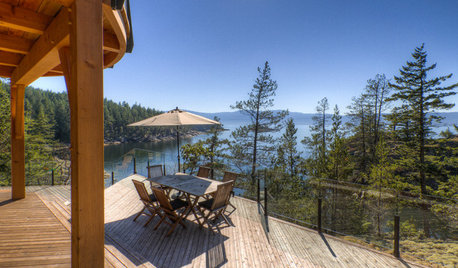
DECKSDecking Materials Beyond Basic Lumber
Learn about softwoods, tropical hardwoods, composites and more for decks, including pros, cons and costs
Full Story
ARCHITECTURETell a Story With Design for a More Meaningful Home
Go beyond a home's bones to find the narrative at its heart, for a more rewarding experience
Full Story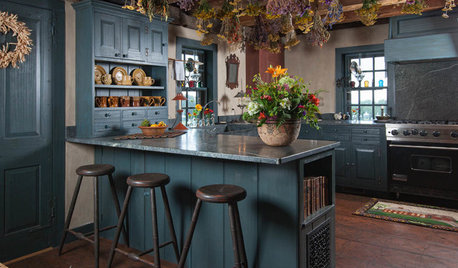
HOUZZ TV FAVORITESHouzz TV: See How Early Settlers Lived in This Restored Pilgrim House
Passionate restoration and preservation efforts give a 1665 home an honored place in the present
Full Story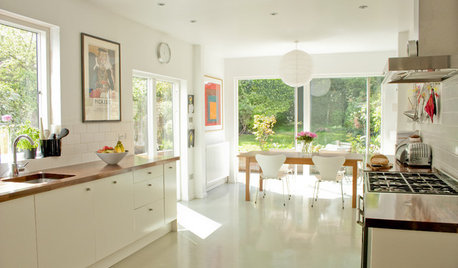
KITCHEN DESIGNDark Kitchen Gets a Bright New Look
When a graphic designer and an architect put their heads together on a kitchen redesign, the result is a stylishly simple space
Full Story





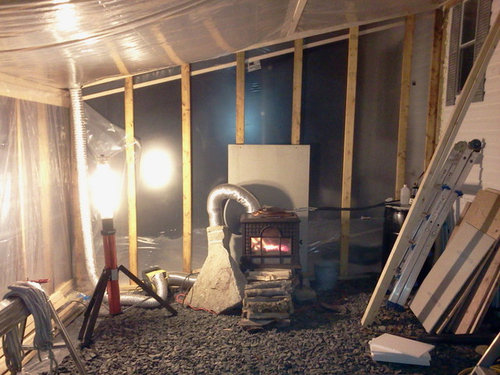

Jason998Original Author
Jason998Original Author
Related Professionals
Tempe Landscape Architects & Landscape Designers · Garden City Landscape Architects & Landscape Designers · Prairie Ridge Landscape Architects & Landscape Designers · Waterbury Landscape Contractors · Fairview Landscape Contractors · Fuquay-Varina Landscape Contractors · Lorain Landscape Contractors · Norwalk Landscape Contractors · Tavares Landscape Contractors · Vancouver Landscape Contractors · Wheat Ridge Landscape Contractors · Moreno Valley Solar Energy Systems · Wakefield Solar Energy Systems · Saratoga Solar Energy Systems · Western Springs Solar Energy Systemscole_robbie
Jason998Original Author
cole_robbie
Jason998Original Author
mksmth zone 7a Tulsa Oklahoma
trianglejohn
veggievicki